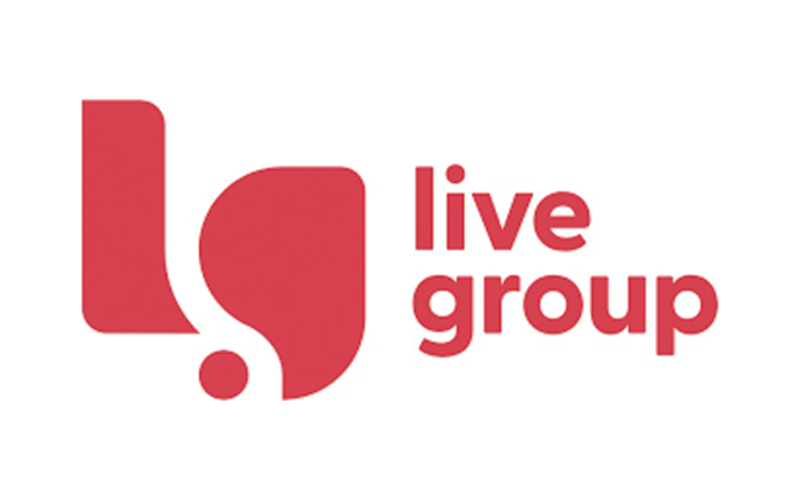Tech & Tools: September/October 2023

IN FOCUS: Creating richer job adverts
Watching video is how many consumers like to find out more about a brand. According to ‘The State of Video Marketing 2023’ report by video company Wyzowl, most businesses (91%) are using video as a marketing tool in 2023, which it said is the highest figure since it began tracking data in 2016. Moreover, it also found that the same proportion (91%) want to see more videos from brands in 2023.
Video and audio are already being used in job advertisements but perhaps not to the degree you might expect. This is likely to change though, especially with members of Gen Z now moving up the career ladder, followed by Generation Alpha in the next few years, both of whom have grown up with social media and a preference for visual and interactive learning.
Recruitment technology providers such as Tribepad and Rezoomo are among those which offer video and audio capabilities, and a growing number of companies such as Biteable can help organisations create social media videos; video is like giving your brand “a megaphone in a bustling marketplace”, says the company.
Neil Armstrong, chief commercial officer of Tribepad, says that video and audio make job ads more engaging and appealing to potential applicants by providing a deeper dive into a company’s culture and values.
He adds: “This helps attract people who not only have the right skillset, but also a good cultural fit and are aligned to the working styles and atmosphere of the company.”
And he says there are other compelling reasons for embedding video or audio. Because not everyone consumes information in the same way, having a variety of different mediums provides more inclusivity for different learning styles. It is also proven that video content can improve the search engine optimisation of job postings, making them more likely to appear in search engine results and therefore be seen by more potential applicants.
For those recruiters and employers who are keen to try out video, Tribepad says there are three must-haves:
- Be clear and concise, ensuring the content clearly communicates the job role, responsibilities, and qualifications, as well as the company culture and values. Tailor your videos as much as possible and think about what is most relevant to the job spec and type of applicant you’re looking for.
- Make sure it looks good. Poor quality can reflect badly on the company and may deter potential applicants. You should put as much effort into recruitment marketing as other types of marketing.
- Make sure people know what to do next. Ensure that there is a clear call to action for potential applicants. This could be a direct link to the application form, or instructions on how to apply, ideally with details on the process, so people are clear on the number of interviews for example, or how long they should wait for feedback.
Armstrong says it is also important to ensure that the people speaking are diverse in terms of background and job type to, again, ensure inclusivity. “It should go without saying but it’s essential to avoid using stereotypes or biased language,” he says.
“And avoid creating long videos or audio pieces that may cause potential applicants to lose interest. People prefer content that is under two minutes long and will start to lose interest after that.”
Tarmac, a leading sustainable building materials and construction solutions business in the UK, owned by the CRH Group, is among the clients to take advantage of the Tribepad system’s ability to display visual content such as video advertisements.
“The video content helps us promote not only our job opportunities but also share with prospective employees who we are as an employer,” says Luke Janiec, national resourcing manager – recruiting talent for Tarmac and CRH Europe. “On the other hand, this functionality allows potential applicants to get to know our brand, culture and organisational insights better and see if we are exactly what they're looking for. The Tribepad video advertisement feature allows me and my team to be more creative with our recruitment tactics and it’s part of our strategy now.”
In brief
Mapping internal talent

Web and mobile talent acquisition app AtlasJobs is launching a tool to transform how organisations connect with the talent within their organisations. People Map provides a visual representation of how talent is distributed. Using advanced algorithms, People Map suggests matches based on relevant factors such as skillsets, experience and department needs. As well as streamline acquisition, it is also designed to promote retention by facilitating faster and more targeted connections between recruiters, potential candidates and current employees.
Employee profiling tool aims to boost retention

AudienceDNA is an employee profiling tool that aims to help resourcing and HR professionals to improve staff engagement and retention, based on personality. Developed by events and engagement agency Live Group, it identifies employee personality profiles – whether they are champions, socialites, professors, explorers or another of the 16 most popular types – and use this insight to shape employee events and experiences, communication strategies and learning programmes. Employees are asked to answer a handful of simple questions and the resulting data is analysed by Live Group to determine the audience’s personality make-up. It is then married with the team’s insight and intelligence to help curate tailored engagement strategies.
Using AI to verify tech talent

AI Verify from Techscreen enables recruiters to ask a series of questions on a variety of technical skills while an artificial intelligence (AI) tool analyses the candidate’s response and evaluates their performance. The tool has recently been deployed in beta and its goal is to give recruiters the confidence to properly assess skills they may be less familiar with and send on the most qualified candidates. The company hopes it will level the playing field for global IT recruiters. AI Verify will be featured in part two of Recruiter’s exploration of next-generation assessment tools in the next issue.
Image Credit | Shutterstock
